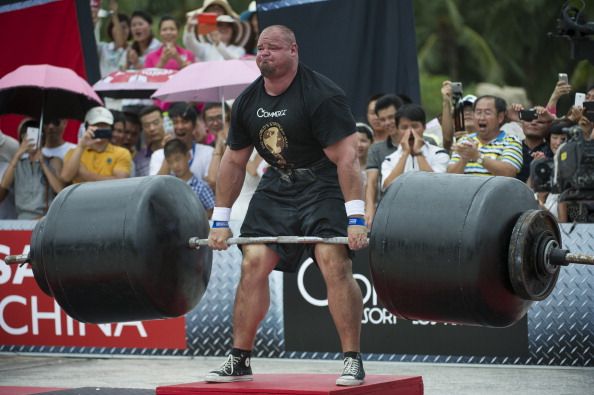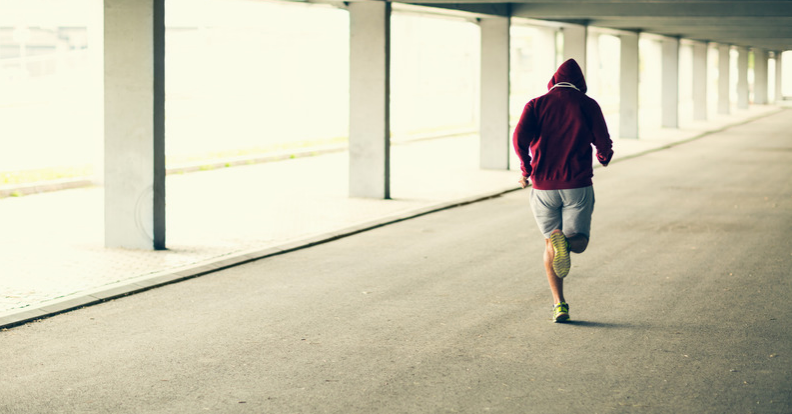A new documentary claims that running shoes are potentially reversing the effects of evolution, leaving you with weak feet
Shoespiracy centres on a public health scandal examining how modern running shoes are supposedly not ‘fit for purpose’ and have left humans with weak feet. The documentary’s producers even go so far as to suggest these shoes are reversing the effects of four million years of evolution.
But do these criticisms stand up to science? JOE spoke to Dr. Irene Davis.
Dr. Davis is Director of the Spaulding National Running Center, Spaulding Hospital Cambridge and visiting Professor of Physical Medicine and Rehabilitation at Harvard Medical School, USA.
JOE: What are the main problems with modern running shoes?
Dr. Davis: “Modern running shoes interfere with the natural movement of the foot during both running (and walking).
“The cushioning of a running shoe promotes a hard landing on the heel which is not our natural footstrike pattern for running. The stiff heel counter reduces the demands of the muscles on the inside and outside of the ankle.
“The arch support reduces the demand on the 10 arch muscles of the foot, the sole flares increase the torques on the foot. The narrow toe box constrains the natural spread of the foot and utilisation of the toe muscles.”
Surely running shoes are preferable to running barefoot on ground?
“We were adapted to run barefoot, despite the surfaces we encounter.
“Our body can be conditioned to adapt to both hard surfaces (where you land softer) and soft surfaces (where you land harder). Our feet have important sensory organs that provide feedback about the stiffness of the surface, the texture, temperature, etc.
“They also provide some proprioception or body awareness. When you cover feet with any shoes, even minimal shoes, you lose some of that sensory input. Research suggests that the more you put between the bare foot and the ground, the more you interfere with this sensory input.”
Why is a barefoot running shoe a better option than traditional running shoes?
“In contrast to the traditional shoe, the minimal shoe allows the foot to move close to its natural, barefoot state, while protecting the sole from the elements.”
Could a barefoot shoe benefit in-gym activity such as strength training?
“Yes! A barefoot shoe can benefit these activities as research has shown that chronic use of a minimal shoe results in foot strengthening which will provide a strong base for weightlifting. However, weights should be added gradually to give the foot time to adapt to the increased weight.”
 Many strength athletes squat and deadlift in flat shoes such as Converse
Many strength athletes squat and deadlift in flat shoes such as ConverseDoes a barefoot shoe offer any other benefits for the human body, such as improved posture?
“Yes. Research has shown that the less between the foot and the ground, the greater the static and dynamic stability.”
Are there any limitations to a shoe without a raised sole?
“I say no there are no limitations. The midsole provides some cushioning but this cushioning promotes a harder landing, and in particular, a landing on your heel.
“This type of landing is associated with a very distinct impact force experienced by the body, not present with a forefoot strike that is promoted when shoes have no cushioning.”
You can watch the short documentary Shoespiracy in full below:
Read more from JOE:
- Fit enough for CrossFit? These are the strength standards you need to surpass
- How often should you change your workout routine?
- Scientist explains why the Ketogenic Diet isn’t the best for weight loss
- What you should eat before a football match, according to a top nutritionist
- How to work out how many calories you need to lose weight
- Running a marathon? Smash your PB with these top training tips
- Weightlifting reduces your risk of a heart attack by as much as 70%
- These are the best bicep and tricep exercises, according to science











































